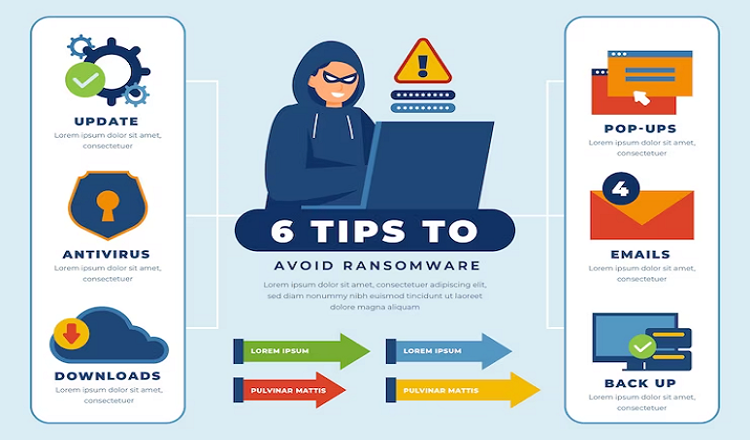The phrase “community policing” has been bandied about a lot lately. But what is it exactly? Does it genuinely make a difference in reducing crime, or is it just another trendy term? I’ll tell you right now that community policing is no joke. It’s a strategy for enforcing the law that entails forging close ties between police and the neighbourhoods they patrol. Community policing can assist lower crime rates and raise overall public safety by creating these connections.
Let’s discuss the level of crime in the United States right now while we’re talking about crime rates. It is no secret that crime is a significant problem in many American cities and communities. It seems like no one is protected from serious crimes to minor larceny. The good news is that there are successful ways to fight crime, and community policing is one of those methods. Studies have actually found that communities with good ties to their police forces have lower crime rates than those that don’t.
To learn more about the value of community policing in reducing crime in the USA, read on in this article. We’ll discuss what community policing is, how it might lower crime rates, and the difficulties involved in putting it into practise. So settle back, unwind, and get ready to discover how community policing can strengthen and make our communities safer.
Community policing defined
A proactive approach to law enforcement known as “community policing” places a strong emphasis on forging strong bonds between police personnel and the communities they serve. To identify and resolve issues, stop crime, and enhance public safety, police enforcement and community people must work together and communicate. Community engagement activities, neighbourhood watch programmes, and foot patrols are a few examples of community policing projects.
Community policing has several advantages. Not only may it lower crime rates, but it can also strengthen public support for law enforcement, boost citizen involvement in anti-crime initiatives, and promote a sense of collective responsibility for public safety. Community policing can also result in improved communication between the police and local residents, which can help lessen misinterpretations and increase the efficiency of law enforcement initiatives. In general, community policing is an effective method for building safer and more resilient communities.
Traditional versus Community Policing
In the United States, there are two very distinct methods of law enforcement: community policing and traditional policing. While community policing adopts a proactive stance by developing positive relationships with the community and preventing crime before it occurs, traditional policing relies on a reactive approach, responding to crime after it occurs.
Both police strategies have merits and disadvantages. Traditional policing can be efficient in addressing crimes immediately, but it could not deal with their underlying causes. Community policing, on the other hand, may take more time to produce results, but it can improve relations between the police and the general public in terms of trust and communication.
Due to its emphasis on avoiding crime rather than only responding to it after it occurs, community policing is more successful in lowering crime rates. Community policing may make places safer and more resilient by fostering close bonds with the local population and tackling the root causes of crime.
The Value of Community Participation in Crime
Prevention
In the USA, community involvement is a crucial component of crime prevention. Community members who participate in crime prevention become active collaborators in establishing safer neighbourhoods. Community members may identify and address the underlying causes of crime, stop it before it starts, and assist victims of crime by collaborating with law enforcement.
Community involvement in crime prevention has many advantages. Increased community involvement in crime prevention initiatives, improved police-community relations, and a deeper feeling of collective responsibility for public safety are all possible outcomes. Community outreach activities, neighbourhood watch programmes, and community policing programmes are a few examples of effective community involvement projects.
In the USA, community involvement is essential for successful crime prevention. Law enforcement and locals may work together to build communities that are safer and more resilient.
Accountability for the police and community policing
In the USA, a key component of community policing is police accountability. Accountability for police officers’ actions can improve trust and communication between the community and law enforcement. This is particularly crucial in areas where there have previously been policing injustices.
Police accountability in community policing has advantages such as improved communication, greater openness, and more efficient law enforcement. Community people are more inclined to collaborate with law enforcement to stop crime and build safer communities when they believe that their concerns are being heard and taken into consideration. Body-worn camera programmes, citizen review boards, and community policing training programmes are a few examples of effective police accountability initiatives.
Overall, community policing in the USA depends heavily on police accountability. It can enhance everyone’s public safety by fostering closer ties between law enforcement and the community.
Implementing Community Engagement: Challenges and Solutions
Policing
Due to a number of issues, including a lack of funding, reluctance to change, and a history of tense relations between law enforcement and communities of colour, implementing community policing in the USA can be difficult. In some communities, it could also be challenging to pinpoint and treat the fundamental causes of crime.
Building trust and communication between law enforcement and the community, investing in community policing training and resources, and tackling the core causes of crime through cooperative problem-solving projects are some ways to overcome these difficulties. The neighborhood-based police strategy used by the Newark Police Department and the community engagement programme used by the Madison Police Department are both successful instances of community policing implementation.
Overall, despite the difficulties in putting community policing into practise, there are also workable solutions and successful case studies to be inspired by in order to build safer and more resilient communities.
Conclusion
In summary, community policing is a crucial instrument in the fight against crime in the USA. Law enforcement organisations may make communities safer and more resilient by developing good relationships with the community and proactively preventing crime.
Although there are difficulties in putting community policing into practise, there are also practical fixes and successful cases to learn from. Building trust and communication between law enforcement and community people, investing in community policing training and resources, and tackling the underlying causes of crime through cooperative problem-solving projects are all crucial elements in advancing effective community policing.
In order to effectively prevent crime in the future, it is crucial that law enforcement organisations continue to place a high priority on community policing. Law enforcement organisations can develop long-lasting solutions to address the underlying causes of crime and advance everyone’s sense of safety by collaborating with community members.
By promoting additional money and resources for community policing programmes, volunteering with community policing groups, and taking part in community outreach and problem-solving projects, readers may support community policing initiatives. Through successful community policing initiatives, we can work to create communities that are safer and more resilient.
Read More You May Like:











